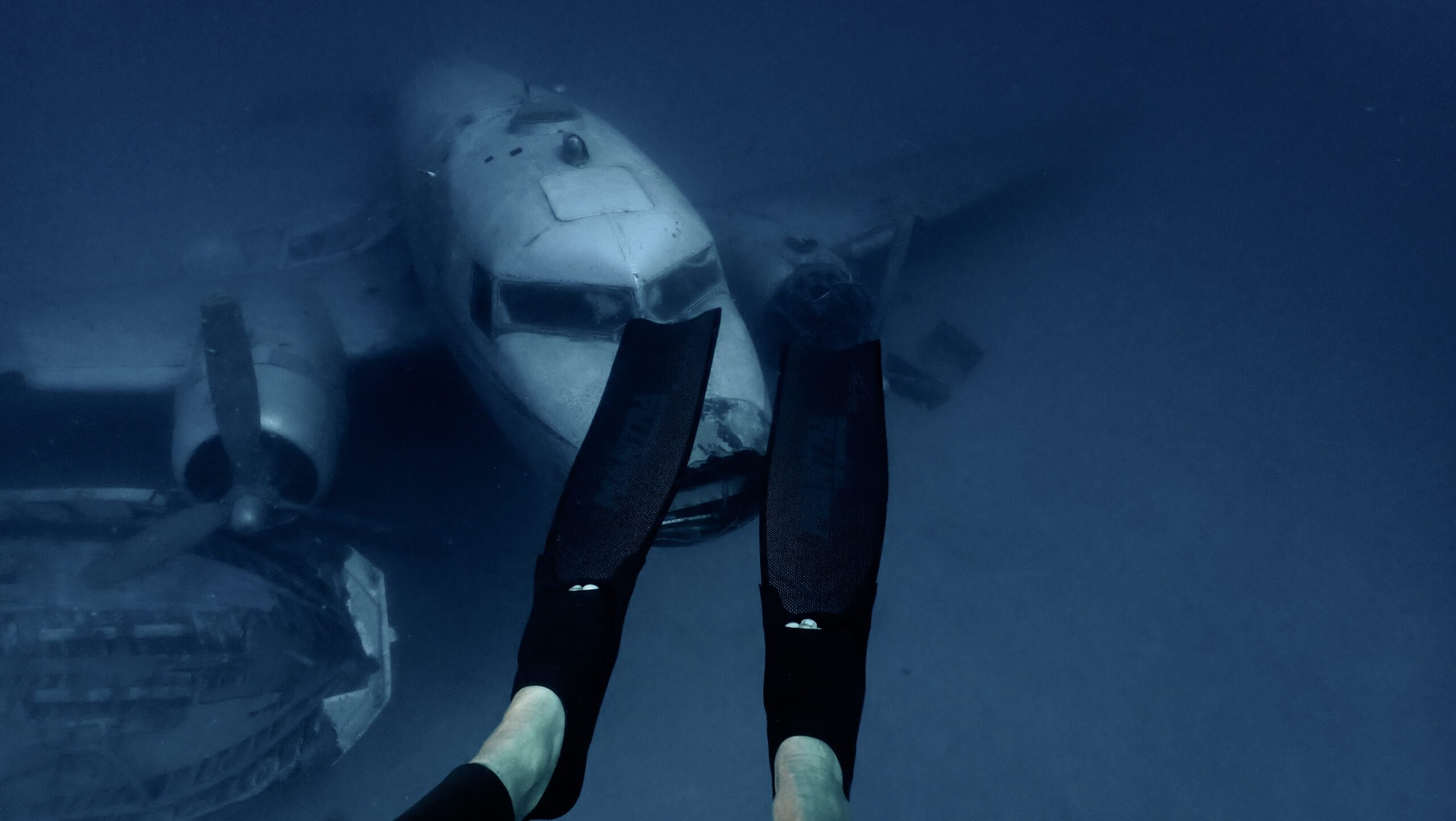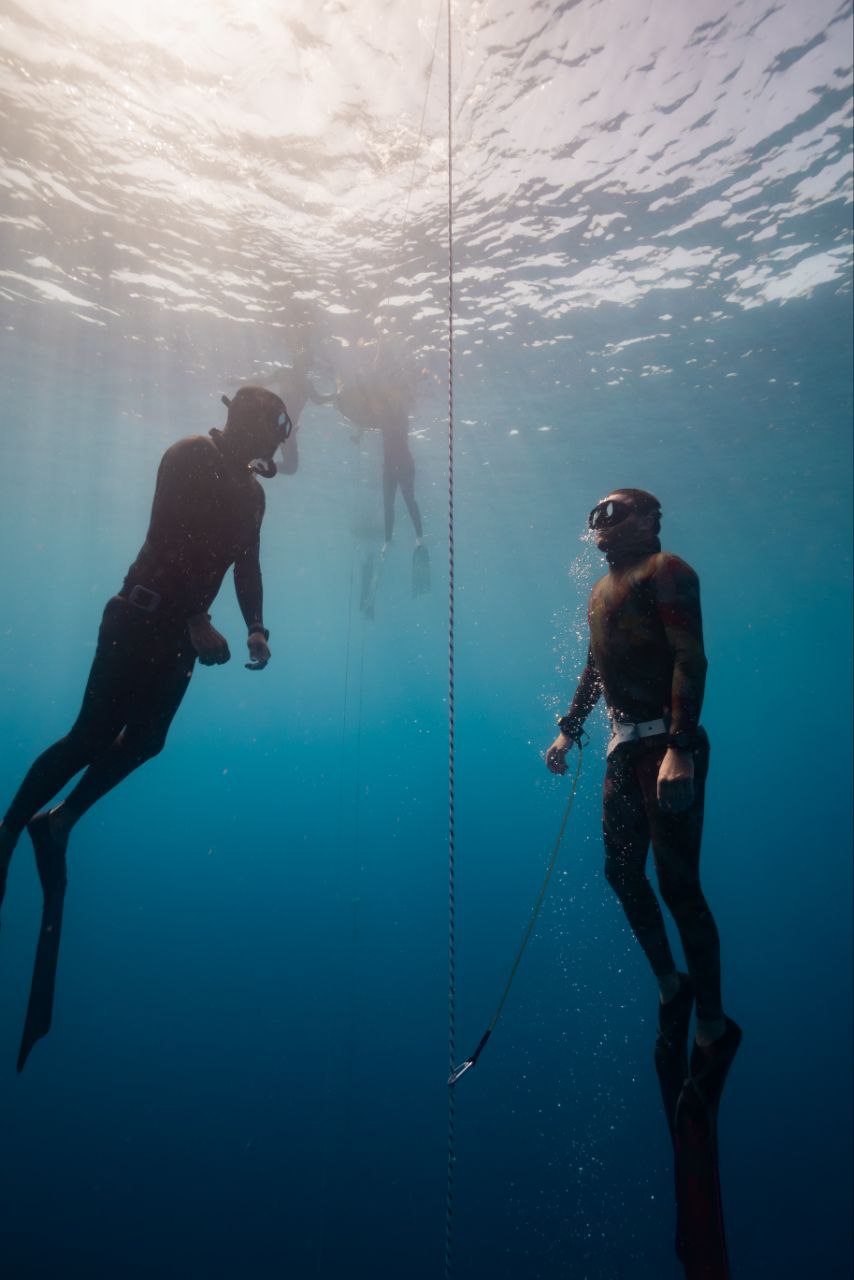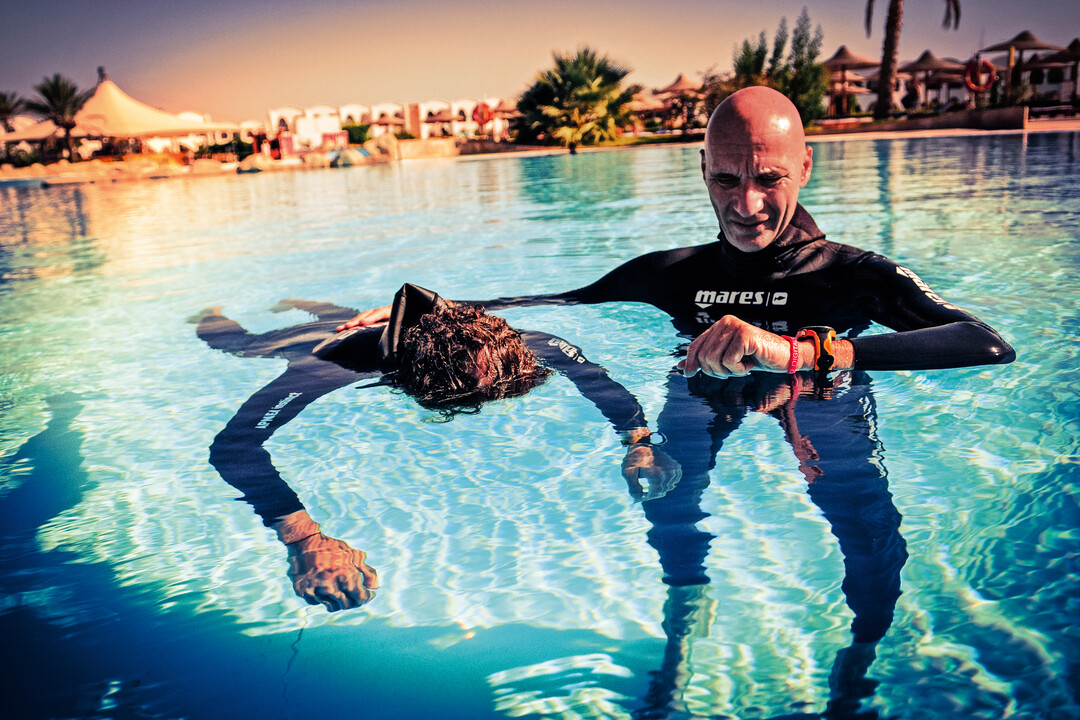Long Fins for Freediving (Bi Fin)
Why do I use long fins for freediving?
Long fins are commonly used for freediving because they provide several benefits:
Increased propulsion: Long fins have a larger surface area than shorter fins, which allows you to move through the water more efficiently with each kick. This increased propulsion allows you to cover more distance with less effort, making it easier to dive deeper and stay underwater longer.
Better maneuverability: Long fins allow you to make small adjustments to your movements, which can be important when navigating around underwater obstacles or staying in position while waiting for marine life.
Reduced effort: Long fins require less effort to use than shorter fins because they provide more lift and require less frequency of kicking. This can reduce your energy expenditure and help you conserve oxygen while freediving.
Safety: Long fins can also provide a safety benefit by allowing you to swim away from dangerous situations more quickly or reach the surface faster in case of an emergency.
Overall, long fins are a popular choice among freedivers because they can help you dive deeper, stay underwater longer, and conserve energy while doing so. However, it’s important to choose fins that fit well and are appropriate for your level of experience and the type of diving you plan to do.
Mono fins
Mono fins are another type of fin used in freediving, which are designed to mimic the movement of marine animals like dolphins and whales. Mono fins are designed as a single, large fin that covers both feet, and they are typically made of lightweight materials like fiberglass or carbon fiber.
Some of the benefits of using a mono fin in freediving include:
Increased speed: The design of the mono fin allows for greater speed than traditional fins, which can be especially useful in competitive freediving.
Reduced drag: The single-blade design of the mono fin reduces drag and makes it easier to move through the water.
Improved hydrodynamics: The shape of the mono fin allows for improved hydrodynamics, which can increase the efficiency of your movements and conserve energy while diving.
Enhanced sensations: Many freedivers report that using a mono fin provides a unique and pleasurable sensation while diving.
However, it’s worth noting that mono fins are typically more difficult to use than traditional fins and require a significant amount of training and practice to master. Additionally, mono fins may not be suitable for all types of freediving and may not provide the same level of maneuverability as traditional fins. As with any diving equipment, it’s important to choose a mono fin that fits well and is appropriate for your level of experience and diving goalsShort fins are not typically used for freediving because they do not provide the same level of propulsion and efficiency as longer fins. Short fins are generally designed for snorkeling or recreational swimming, and are not well-suited for the greater depths and longer durations of freediving.
While short fins may be more maneuverable than longer fins, they require more frequent kicking and can be more tiring to use. This can make it difficult to dive to greater depths or stay underwater for extended periods of time, and can also increase your risk of exhaustion or oxygen depletion.
That being said, there are some types of freediving where short fins may be appropriate, such as dynamic apnea or pool disciplines, where the emphasis is on horizontal swimming and speed rather than depth. In these cases, short fins may provide a better balance of speed and maneuverability, while still allowing you to cover significant distances with each kick.
Overall, the choice of fin for freediving will depend on a variety of factors, including your experience level, diving goals, and personal preferences. However, for most types of freediving, longer fins are generally recommended for their increased efficiency and ease of use.







